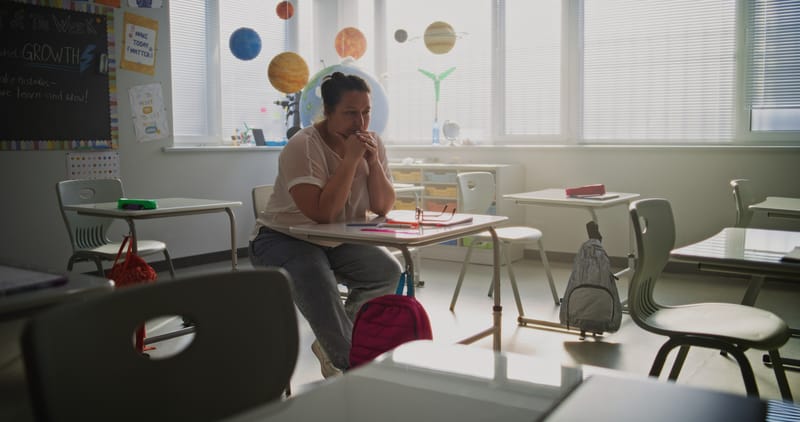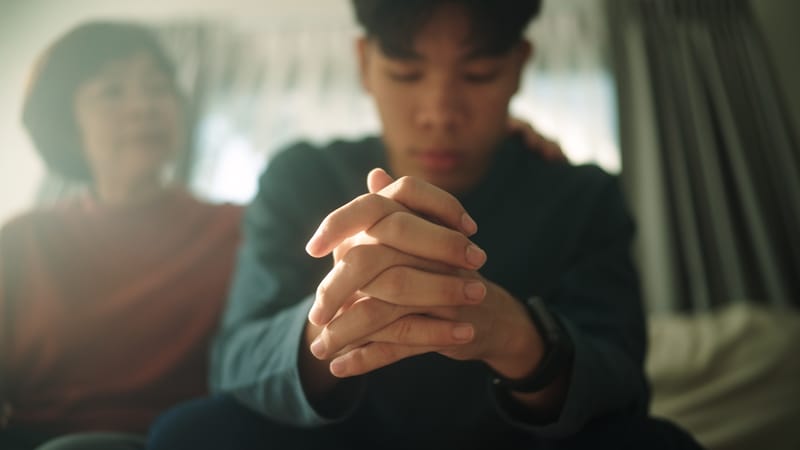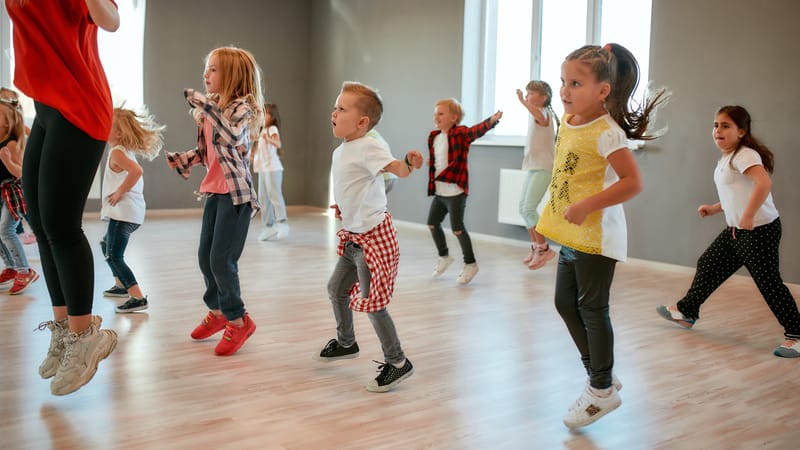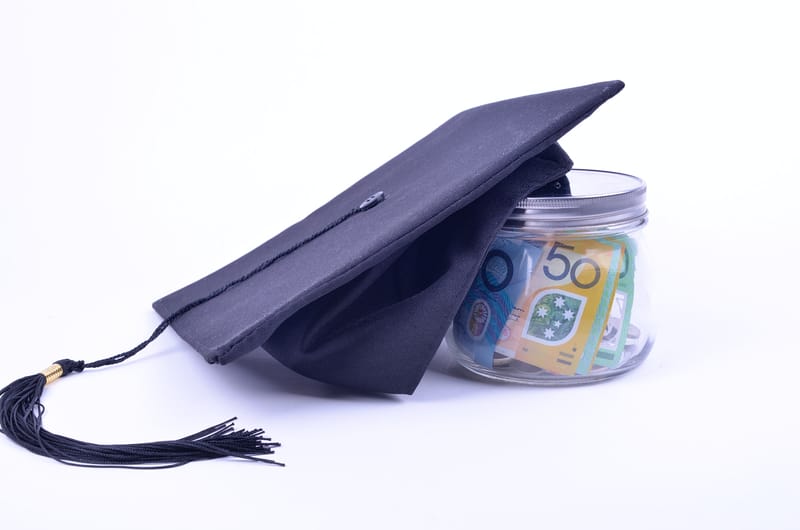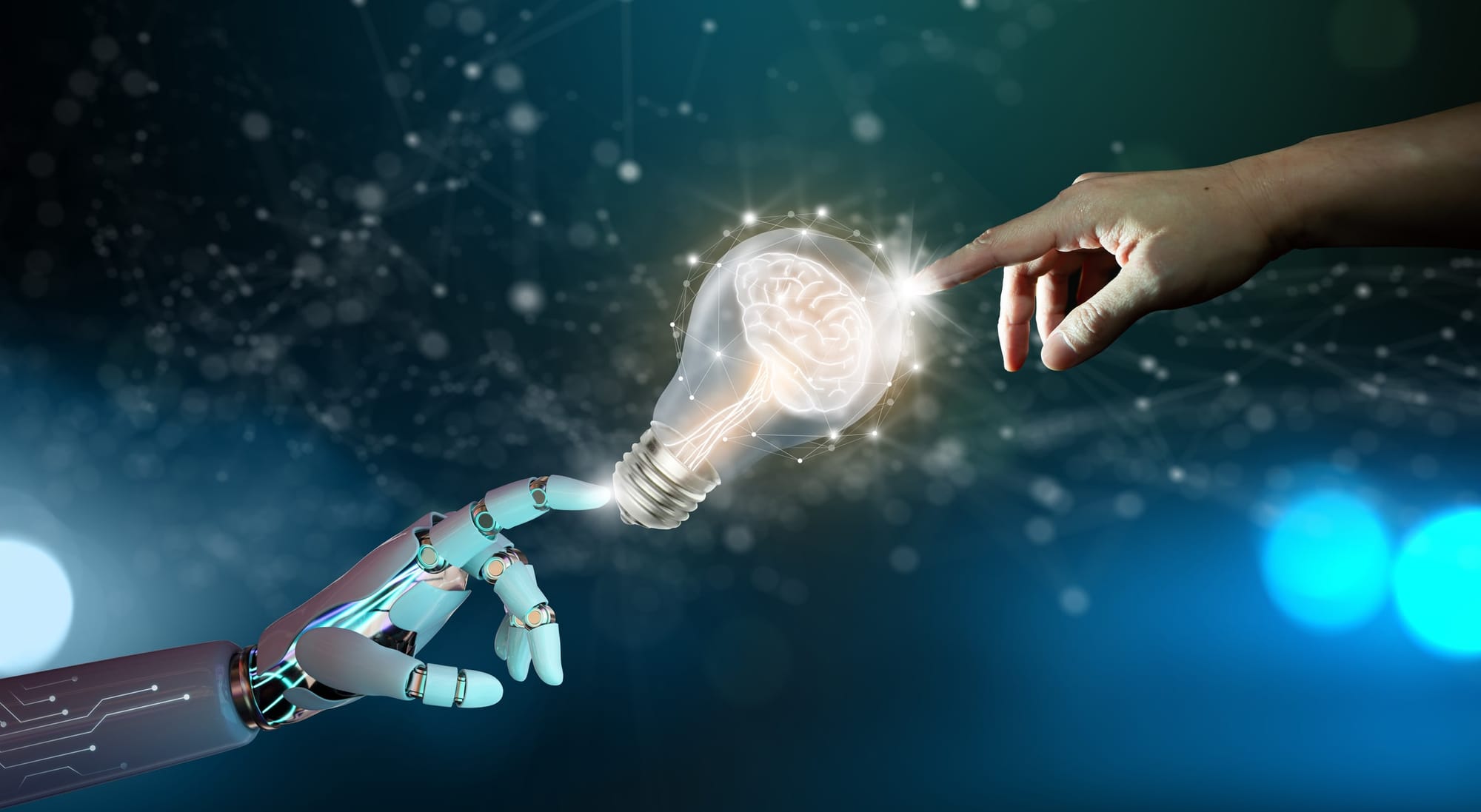
Remember when everyone thought artificial intelligence would take over the art world? Writers, painters, teachers and other creatives feared these smart systems that we now call generative AI (ChatGPT, Claude, DALL-E, Copilot, Midjourney, to name but a few) would make human creativity as outdated as a flip phone.
But something far more fascinating is happening in creative spaces around the world.
Instead of replacing human creativity, generative AI, an interactive and generative technology capable of producing a range of textual and visual creative outputs, is becoming more like a collaborative partner in the artistic process.
One way to think of it is having a remarkably talented assistant or sidekick who can instantly generate hundreds of ideas, suggest new directions, offer outlines and structures for work, create visual materials, and help refine your creative output – all while leaving the essential human touch firmly in human hands.
We recently put this idea to the test by teaming up with generative AI to write poems and craft stories. What we discovered in our published results might change how we think about creativity in the digital age.
We wanted to see what would happen if we treated AI like a creative collaborator or a dance partner in creation rather than just another soulless, digital tool.
Using ChatGPT, we found this new digital dance partner could do more than just follow orders – it brought fresh perspectives that enhanced our creative work in multimodal story writing and in composing poetry.
Not only did it create ideas, images, and new content as we worked with it, but it also was able to give feedback on the creative work we did.
Imagination meets AI
This isn't just happening in universities and research labs – it’s transforming creative industries. Movie studios, publishers, and advertising agencies are discovering innovative ways to blend human imagination with AI’s creative capabilities.
Some filmmakers use AI to generate initial script ideas or develop character backgrounds. Publishers experiment with AI to help writers overcome creative blocks. Journalists employ AI to speed up the delivery of content. Ad agencies use it to brainstorm campaign concepts that human creatives develop and refine.
Adding to these insights, we’re beginning to see emerging patterns in how different sectors adapt to, and use, generative AI.
Educational institutions are developing new curricula that incorporate AI literacy alongside traditional subjects in what is becoming a new era in instructional design in classrooms. Creative industries are establishing ethical guidelines for AI collaboration. Even small businesses and independent creators are finding innovative ways to employ AI emerging technologies to compete in increasingly challenging and global markets.
Read more: Reimagining the future of AI in the education ecosystem
For teachers and students, this opens a world of exciting possibilities. Instead of seeing AI as a threat to learning, imagine using it as a springboard for ideas and creativity, and a technology that promotes divergent thinking.
It’s like having a tireless teaching assistant and companion who can help generate writing prompts, suggest different approaches to problems, structure ideas, generate fresh content, and offer instant feedback.
The key is learning how to use these technologies effectively while maintaining the crucial human elements of learning and creating. Teachers and instructors then become designers of learning, with AI as a partner.
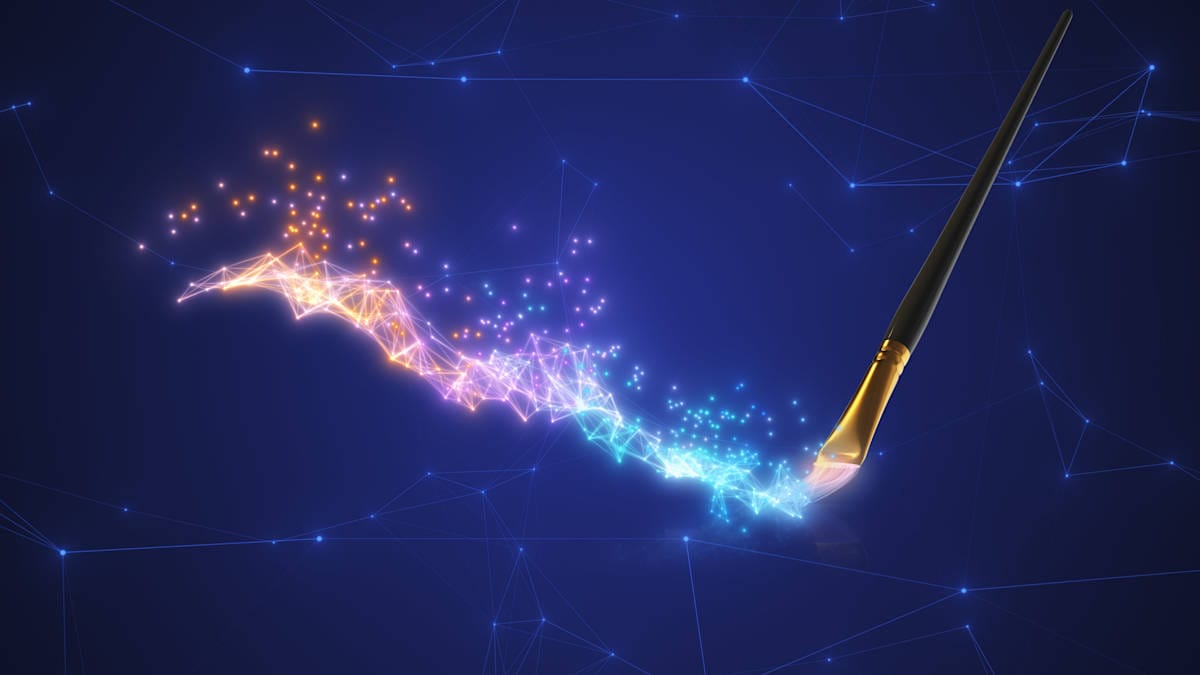
The addition of personal experience
Of course, generative AI has its limitations and downsides. While it can write a technically well-structured poem or sequence a plausible story, it often misses the heart-tugging moments or cultural references that make art special.
Indeed, it can flatten and homogenise our creative outputs if not carefully managed. That’s where humans come in – we bring the real-life experiences, individuality, emotional depth, and cultural understandings that AI simply can't, and likely won’t, match.
Our ability to draw on personal experiences, interpret subtle meanings, and understand cultural contexts remains uniquely human.
We also must be aware of any misinformation, thefts, fakes and biases that can come from generative AI, and put on our critical thinking hats – AI can make mistakes and mislead. So, watch your step as you dance.
Finally, there may be issues with transparency and copyright that need to be addressed in working thoughtfully with generative AI.
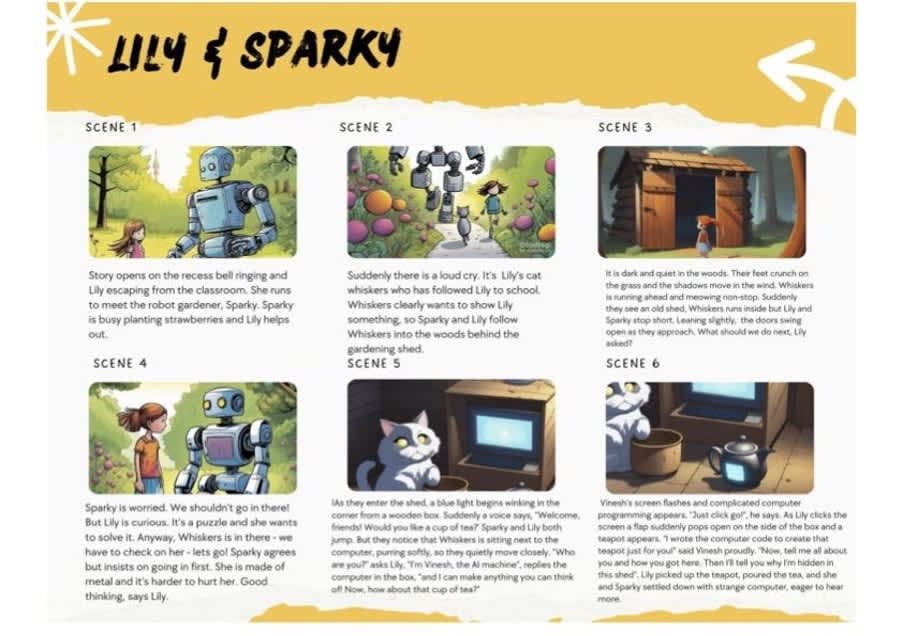
AI as a dance partner
Looking ahead, we’ll need to develop new skills and literacies to make the most of this partnership. It’s not just about learning to use AI technologies and platforms – it’s about understanding how to blend AI-generated ideas with human creativity in meaningful ways with a critical outlook.
This might mean learning how to write better prompts to guide AI, developing skills to evaluate and refine AI-generated content, or finding new ways to incorporate AI suggestions into creative work while maintaining authenticity.
It might also mean learning to see AI as more than a tool, and more like a partner in creative dance.
The implications stretch far beyond the arts and education. Doctors are using generative AI to help diagnose conditions and develop treatment plans. Architects are using it to generate effective and efficient design options. Scientists are using AI to visualise complex data and generate new research ideas.
In each case, AI isn’t replacing human expertise – it's enhancing it.
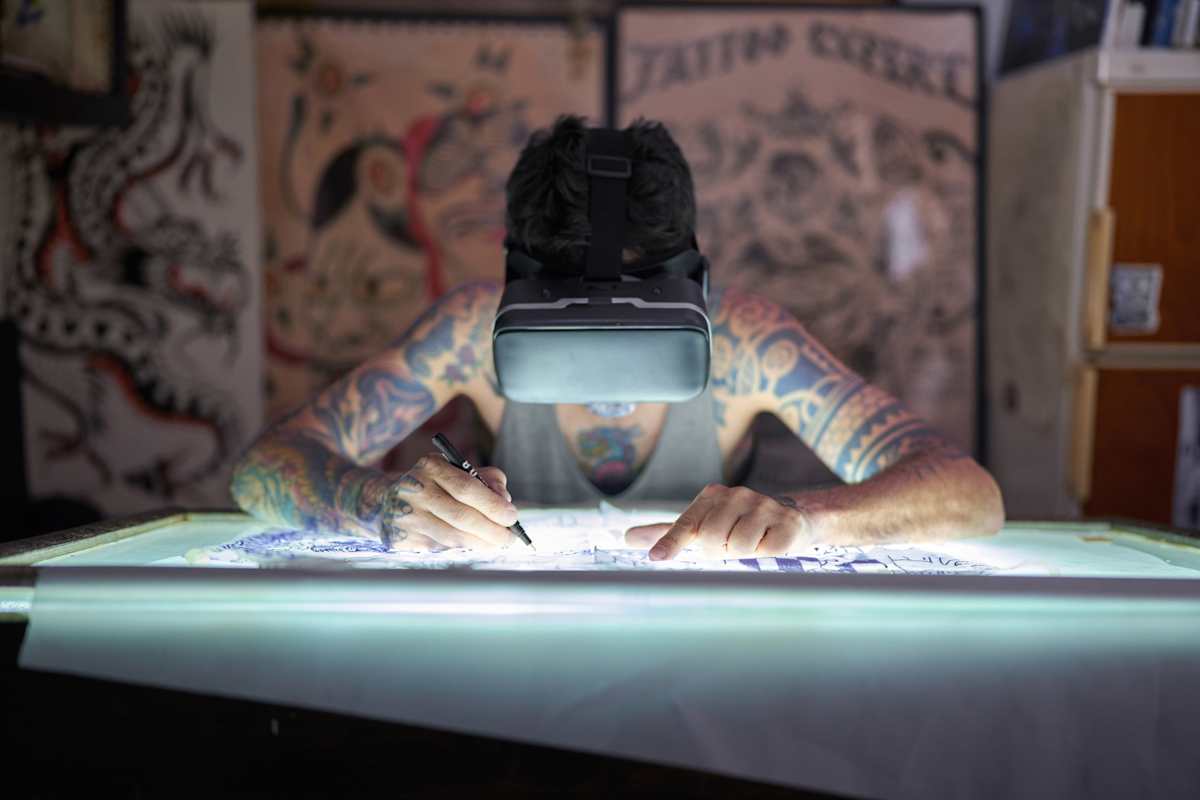
A creative democracy
AI is making creative tools available to everyone in ways we’ve never seen before, in what might be called a creative democracy.
In the past, you needed special skills or expensive equipment to create certain things – such as drawing well to illustrate a book or expertise in design software to make business materials.
Now, anyone can use AI to help them make things they couldn’t before, and extend their thinking by drawing on massive databases. Writers can illustrate their stories. Teachers can design custom worksheets, create content, and prepare presentations with ease. Small-business owners can create professional-looking ads and social media posts without hiring expensive agencies.
It’s like giving everyone access to a creative superpower they didn’t have before.
Read more: AI for life: How sovereign Wiradyuri ways of knowing can transform technology for good
What’s particularly exciting is how this partnership might evolve. As generative AI becomes more sophisticated, we’ll likely discover new ways to collaborate that we haven’t even imagined yet. The future isn’t about humans versus machines – it’s about discovering what amazing things we can create together.
This partnership, this dance between human creativity and artificial intelligence, might lead to breakthroughs we haven’t even dreamed of.
Embracing the possibilities
As we continue to explore these possibilities, one thing becomes clear – the most exciting developments will come from learning to dance with our digital partners and embracing the new possibilities that AI brings to the table.
The potential extends far beyond current applications – from revolutionising scientific research to transforming creative expression. Each advancement in AI capabilities opens new doors for human-AI synergy, where our uniquely human traits such as intuition and emotional intelligence combine with AI’s computational power and pattern recognition.
This collaborative approach could reshape how we solve complex problems, innovate, and push the boundaries of what’s possible in every field.


